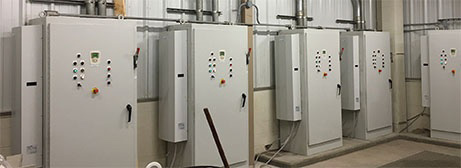Understanding the Different Types of Liquids Used in Chillers for Cooling Processes
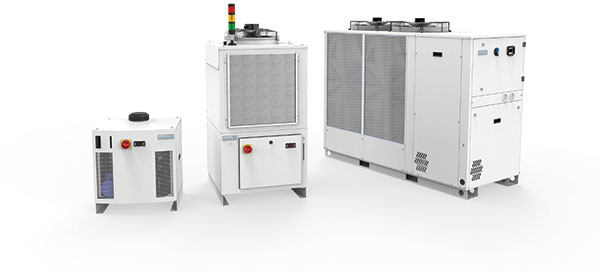 With manufacturing space at minimum, machine packages have become smaller and liquid cooling has emerged as the most efficient and economical means of removing process heat. Chillers often are the only method of providing sustainable efficiency & reliability performances in “hostile” environments.
With manufacturing space at minimum, machine packages have become smaller and liquid cooling has emerged as the most efficient and economical means of removing process heat. Chillers often are the only method of providing sustainable efficiency & reliability performances in “hostile” environments.
A chiller uses a refrigeration cycle to remove the collected heat from a circulating liquid. As the liquid moves through a system of tubes and pipes, it absorbs the heat generated by equipment and processes. This generated heat is then transferred by the liquid back to the chiller where it is dissipated. Fluid is cooled and sent back into the system.
>> Click here to learn more about Closed Loop Liquid Cooling Solutions.
But even if you determined that Liquid Cooling is the right solution for your environment, how do you know which heat transfer fluid you should use?
Liquids Used to Cool Your Processes
Pfannenberg process chillers offer different types of liquids to cool your processes as Water/Glycol mix, Water, and Specific Oils. Pfannenberg always recommend to use the water/glycol mixture as it’s the best way to “Protect Man, Machine and the Environment”.
1/ Glycol-Water Mixture
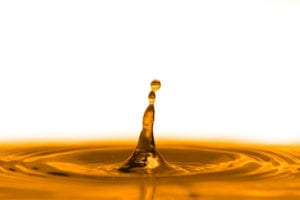 It is recommended to use a Water-Glycol
It is recommended to use a Water-Glycol
mix when freeze protection is needed, for example if the chiller is placed outdoors.
Ethylene & Propylene Glycol coolants, with proper corrosion inhibitors are available with Pfannenberg’s Packaged Chillers – both full strength and pre-mixed.
We typically recommend the use of Propylene rather than Ethylene Glycol, even though Propylene has less heat transfer capability, as it is more environmentally friendly and much safer to use.
Using Glycol for indoor applications is also recommended as it deters scale and corrosion in the system and provide some lubrication to the chiller pump while protecting metals. Outdoor applications need more Glycol depending on the maximum low ambient the chiller may see. The addition of Glycol does bring capacity of the chiller down slightly.
The Glycol to Water ratio is different depending on the customer’s coolant temperature needs as well as ambient temperatures being indoor or outdoor applications.
2/ Water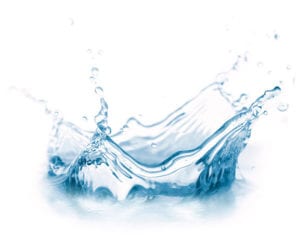
Depending on your installation, water cooling can be a good alternative as it is an economical and energy efficient solution. Water can be used from a local source (city water), but it is recommended to make sure that the water used is not high in mineral content which can cause corrosion or clog fluid channels. To avoid damaging the components, filtration is always encouraged.
Other types of acceptable water are: Reverse Osmosis Water (RO) and Dionized Water (DI)
- RO Water is a purified water where 90-99% of most contaminants are removed but not all ionically disolved substances.
- DI Water is water that is passed through a DI reaction chamber and has all its ions removed so all the impurities, salts or minerals that can cause corrosion are extracted.
Deionized water can sometimes be requested by customers, but it can still be damaging to certain materials and cause corrosion due to its high purity level. Indeed, due to the lack of ions, the water wants to attract ions from everything it touches. DI systems therefore require acid and caustic for regenerations and a neutralization system – which uses harsh chemicals – for the wastewater.
If highly pure water is not mandatory, RO water is a better option as the filtering process is not as defined as DI water.
In all cases, it is always recommended to contact a water treatment specialist for supervising or performing the installation and operation of water purification equipment.
3/ Oil
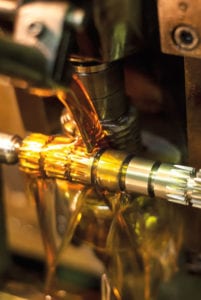 Cooling with oil is dedicated to very specific applications in which the process liquid is an oil or an emulsion with a high viscosity. Pfannenberg’s EB Chillers allow the maximum cooling capacity in the smallest possible footprint.
Cooling with oil is dedicated to very specific applications in which the process liquid is an oil or an emulsion with a high viscosity. Pfannenberg’s EB Chillers allow the maximum cooling capacity in the smallest possible footprint.
These chillers are designed to handle the oil entering the evaporator at higher temperatures than in typical processes. This solution is mainly used for recirculated cooling of machinery, hydraulics, automation components, etc.
Properly selected equipment is key to cooling efficiency
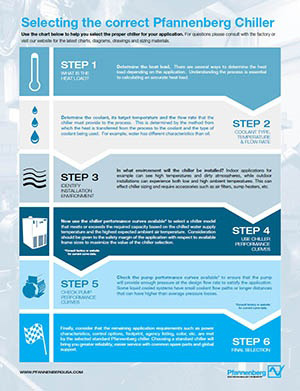 Whatever your industry, selecting the best packaged chillers to meet the demanding requirements of your industrial applications can be complicated. For that reason, Pfannenberg designed a 6 step guide to help you select the best chiller depending on your environment, process and type of application.
Whatever your industry, selecting the best packaged chillers to meet the demanding requirements of your industrial applications can be complicated. For that reason, Pfannenberg designed a 6 step guide to help you select the best chiller depending on your environment, process and type of application.
Click on the picture to open the PDF or use this link!
Have a question regarding which equipment is best for your application? Ask Us Here.

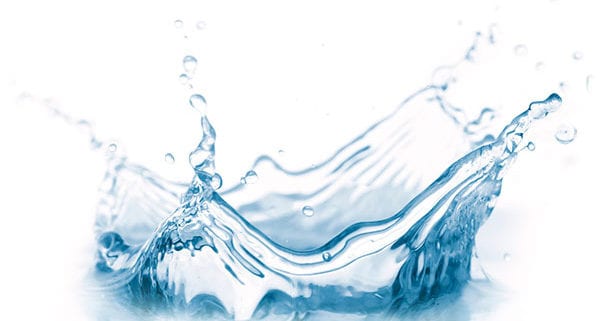
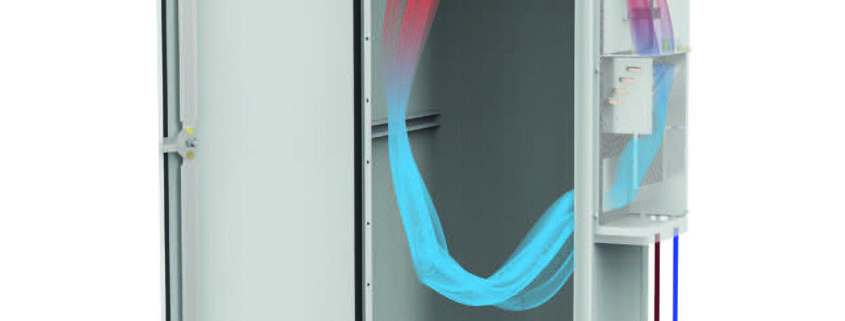
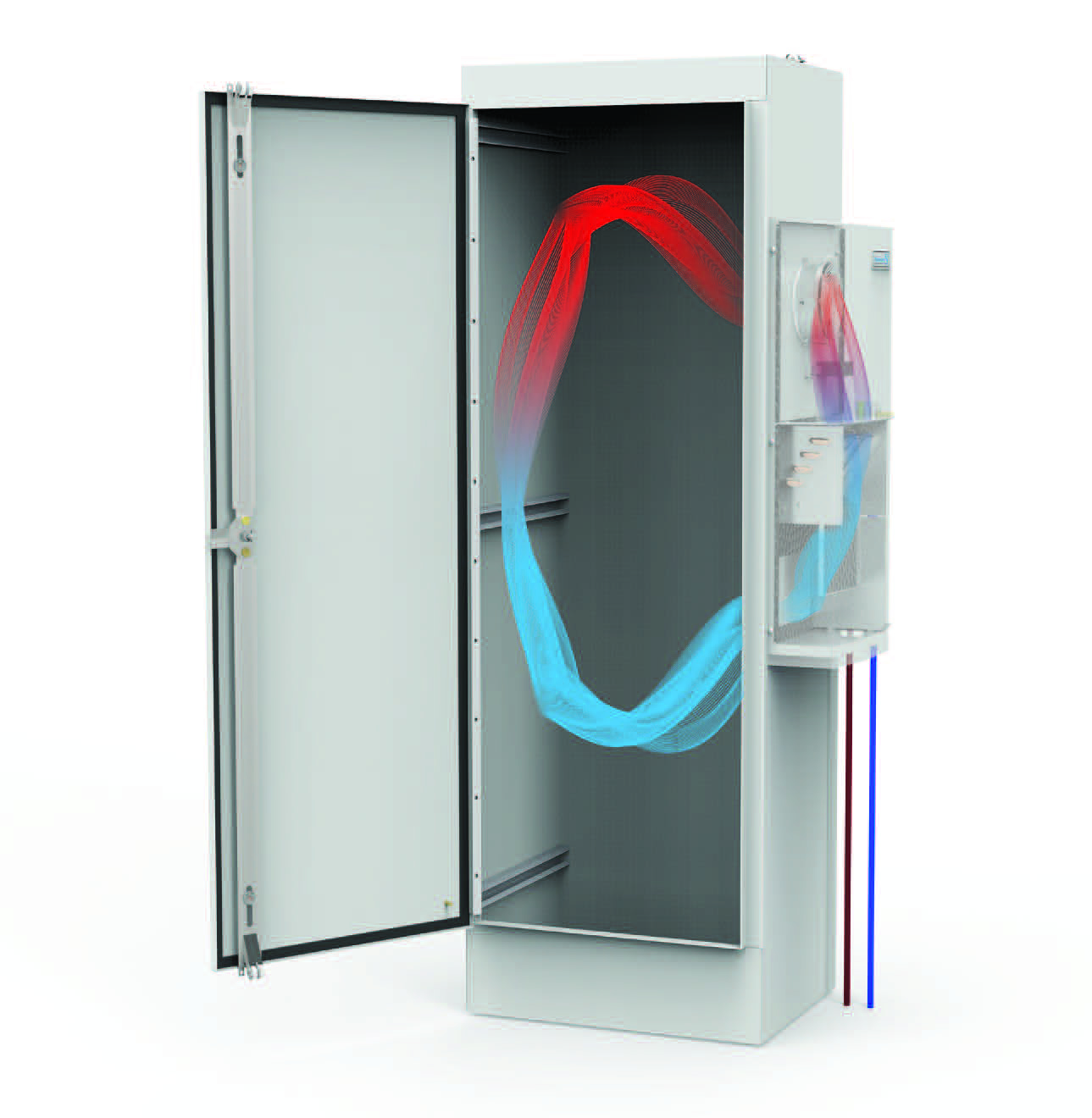
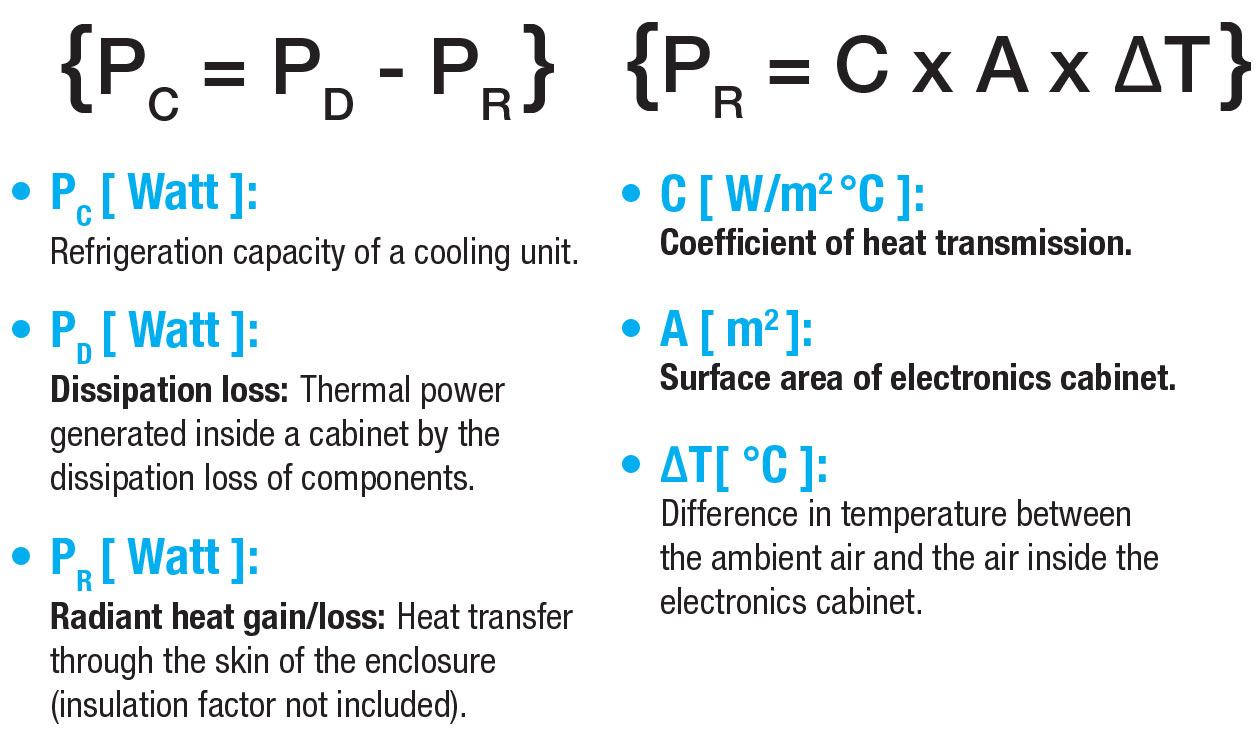
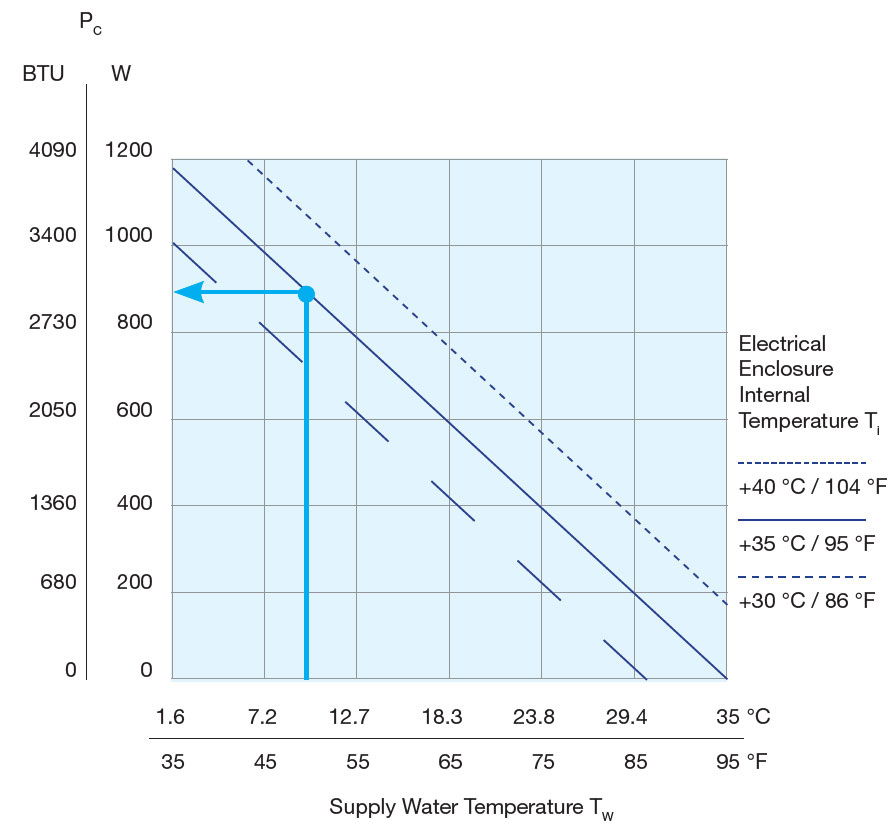
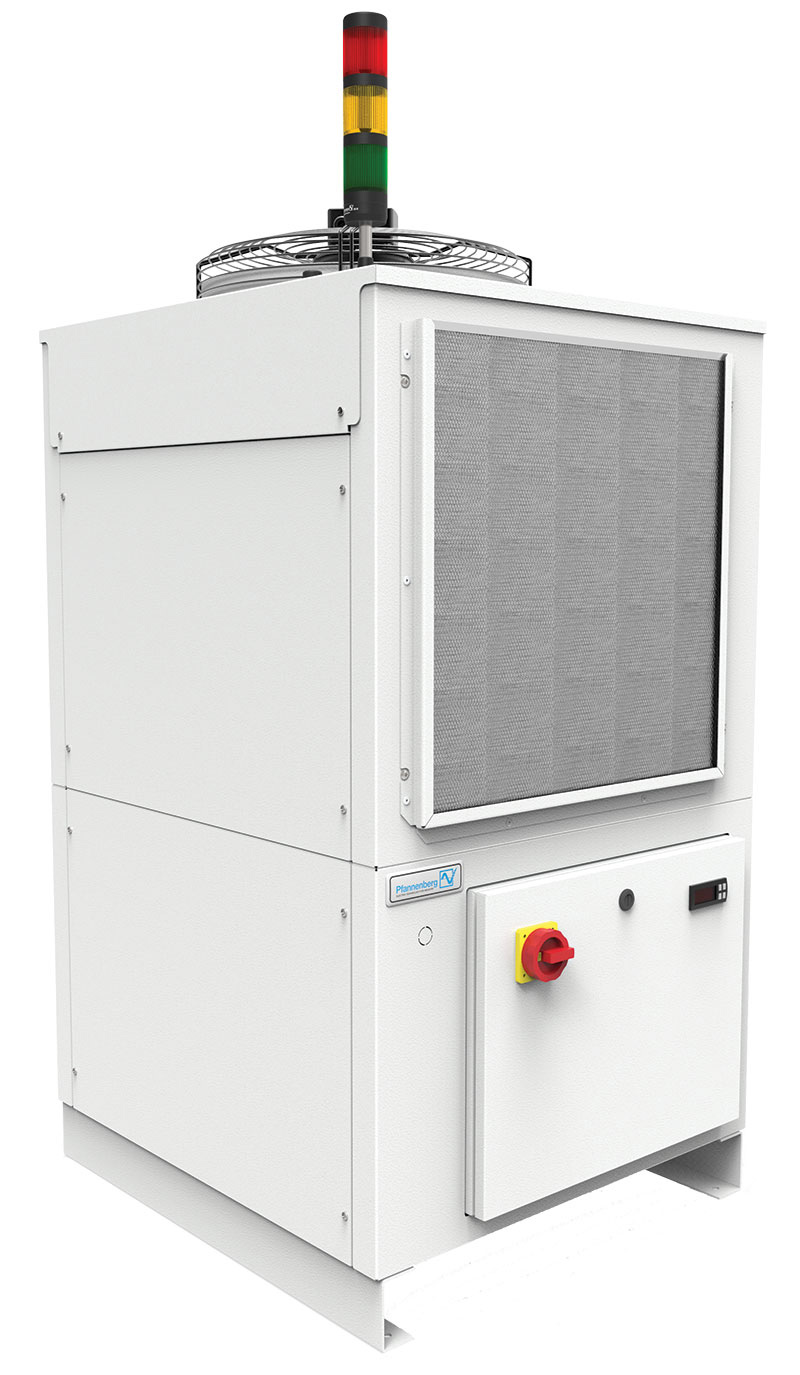 A chiller uses a refrigeration cycle to remove the collected heat from a circulating liquid. As the liquid moves through a system of tubes and pipes it absorbs the heat generated by equipment and processes. This generated heat is then transferred by the liquid back to the chiller where it is dissipated. Fluid is cooled and sent back into the system.
A chiller uses a refrigeration cycle to remove the collected heat from a circulating liquid. As the liquid moves through a system of tubes and pipes it absorbs the heat generated by equipment and processes. This generated heat is then transferred by the liquid back to the chiller where it is dissipated. Fluid is cooled and sent back into the system.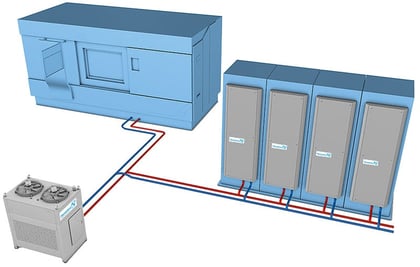
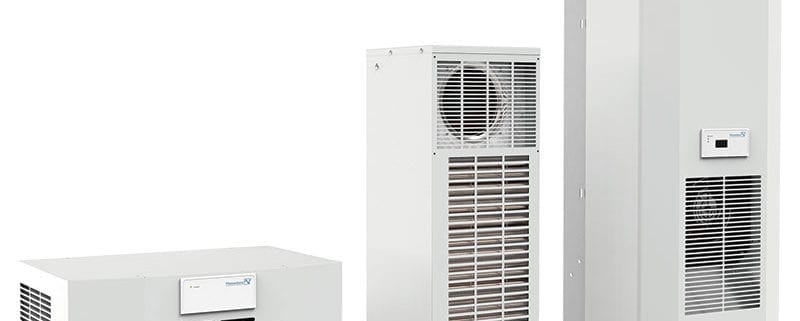



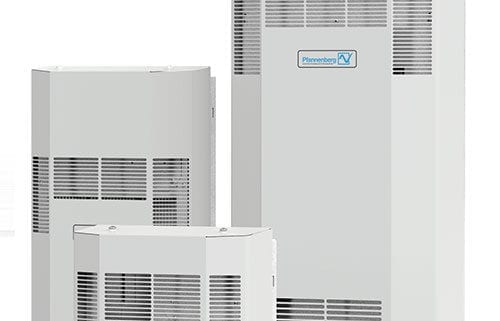

 To properly size an air to air heat exchanger you must know the required cooling capacity in Watts, target temperature rise over ambient and the dimensions of the heat exchanger and enclosure.
To properly size an air to air heat exchanger you must know the required cooling capacity in Watts, target temperature rise over ambient and the dimensions of the heat exchanger and enclosure.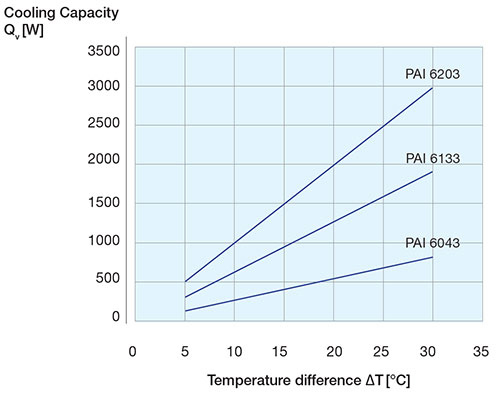
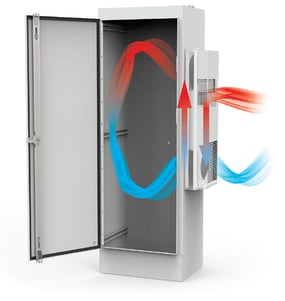
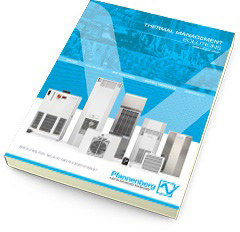

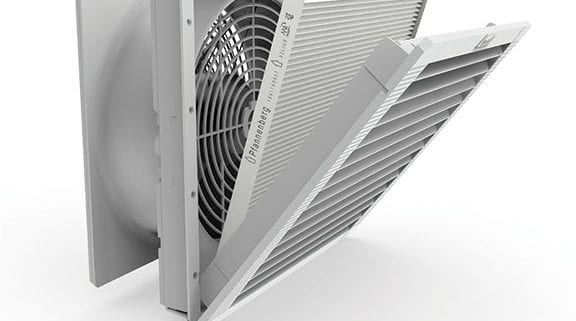
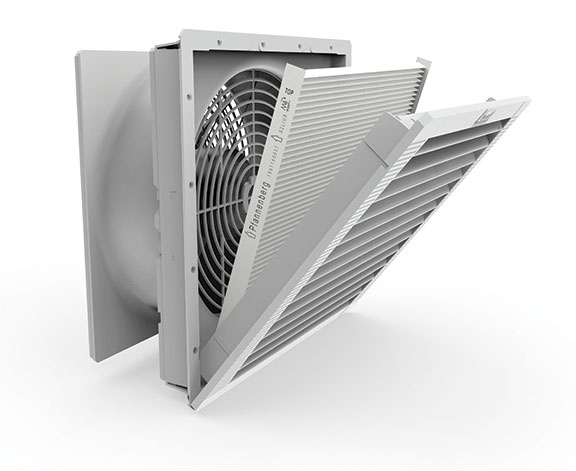

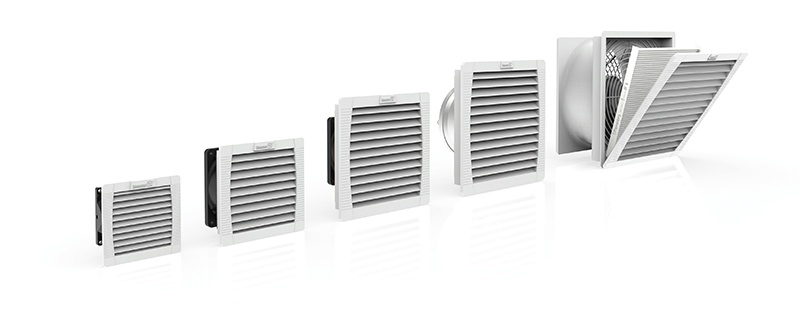




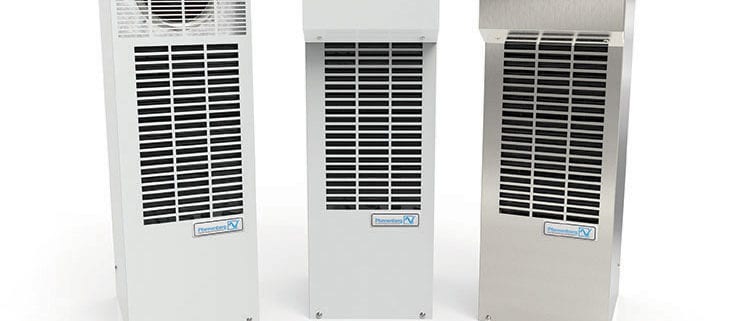

 cooling while eliminating the danger of condensate entering cabinets.
cooling while eliminating the danger of condensate entering cabinets.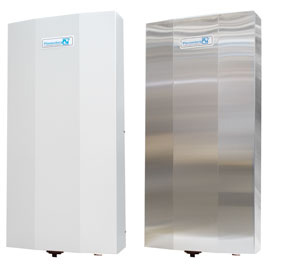
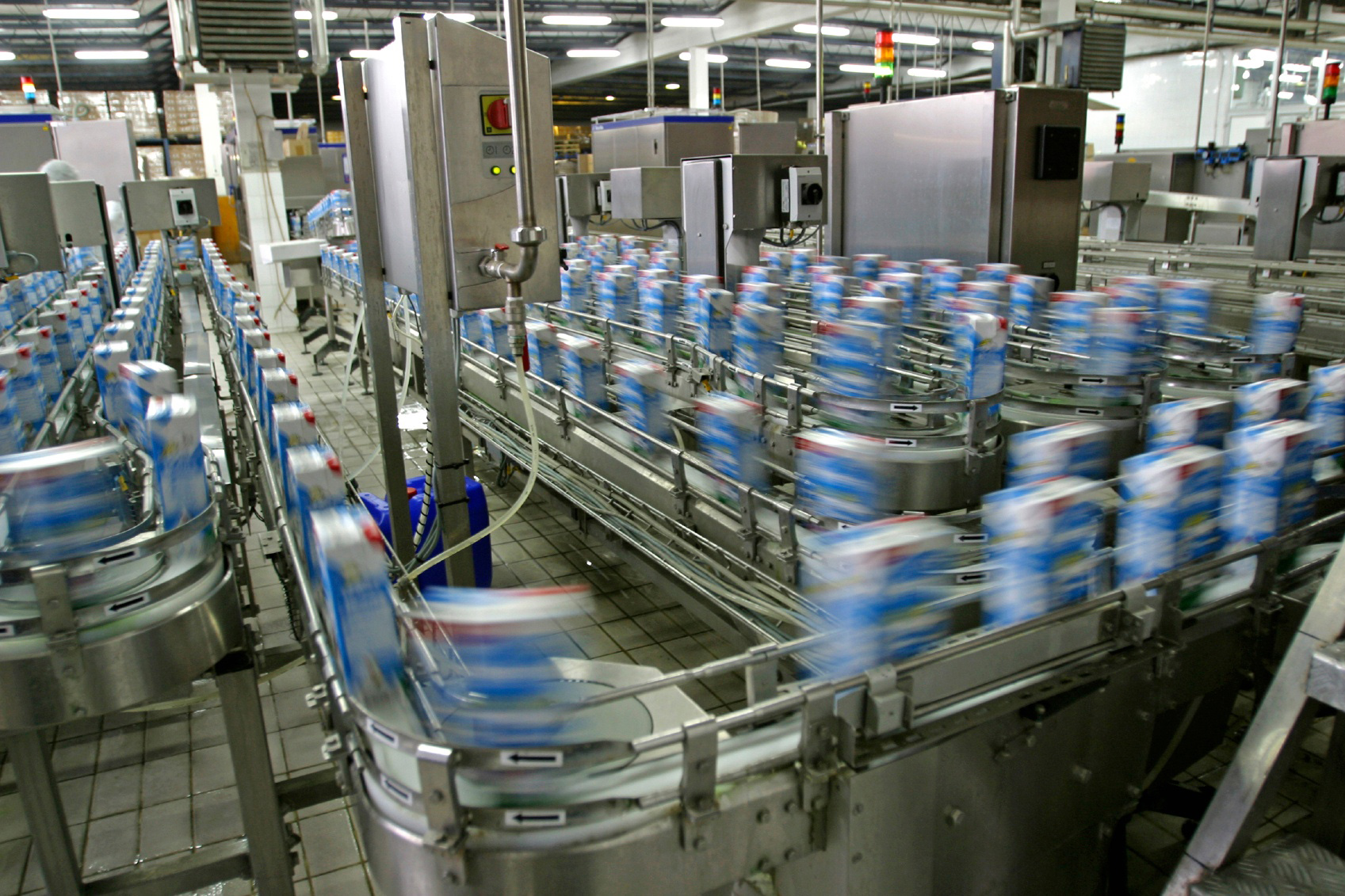

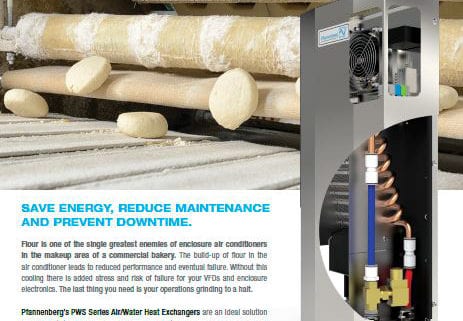
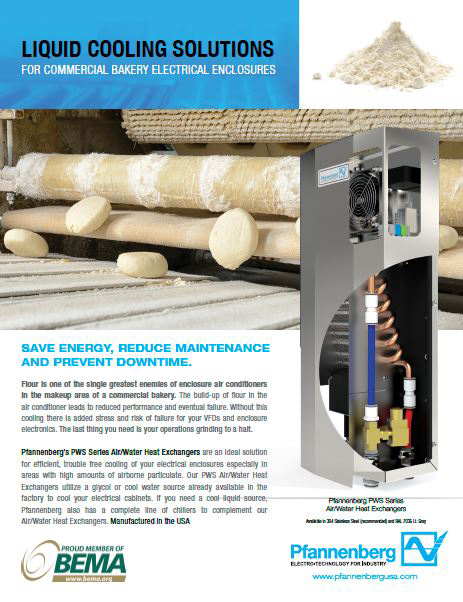
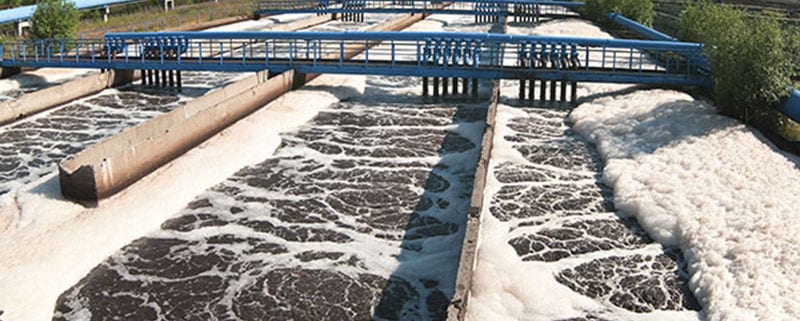
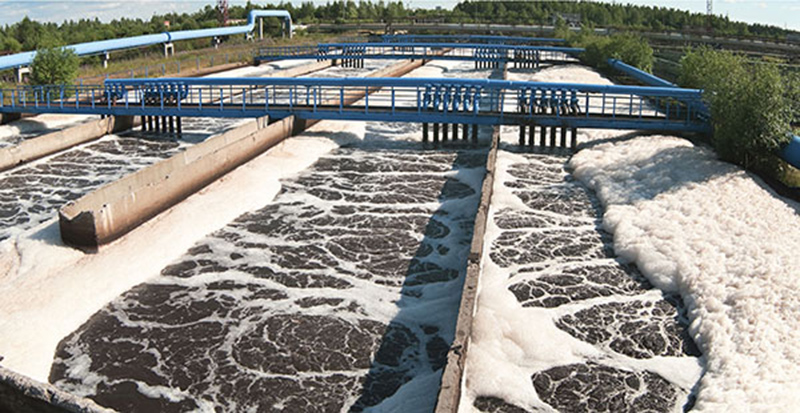
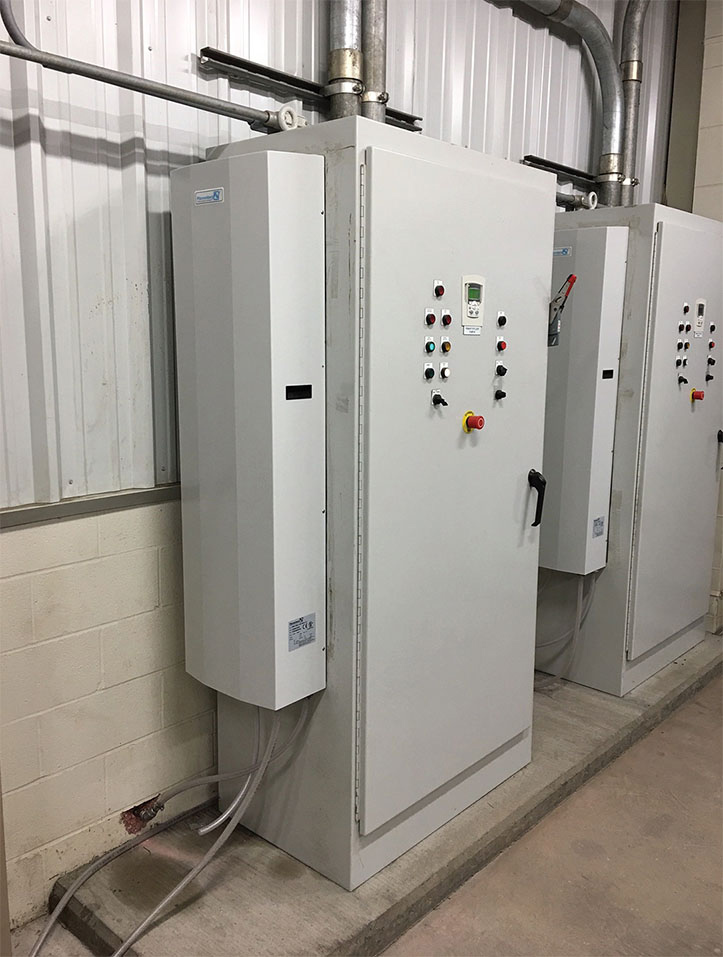 Effective electrical enclosure cooling for environments where H2S gas is present must utilize a closed loop technique to ensure that sour gas is not introduced into the enclosure where it could harm wiring, electrical connections, switches, and other components. In fact, for many installations it is advantageous to deploy an air or nitrogen purge system which creates a positive pressure within the enclosure in order to keep undesirable ambient elements, including sour gas, outside of it. As opposed to an open loop system that uses fans to draw ambient air into and push heat out of the enclosure, a closed loop system maintains isolation of the ambient air and permits the NEMA rating of the electrical enclosure to be maintained. Examples of closed loop cooling equipment for electrical enclosures include cooling units (also known as enclosure air conditioners or enclosure AC) and Air To Water Heat Exchangers.
Effective electrical enclosure cooling for environments where H2S gas is present must utilize a closed loop technique to ensure that sour gas is not introduced into the enclosure where it could harm wiring, electrical connections, switches, and other components. In fact, for many installations it is advantageous to deploy an air or nitrogen purge system which creates a positive pressure within the enclosure in order to keep undesirable ambient elements, including sour gas, outside of it. As opposed to an open loop system that uses fans to draw ambient air into and push heat out of the enclosure, a closed loop system maintains isolation of the ambient air and permits the NEMA rating of the electrical enclosure to be maintained. Examples of closed loop cooling equipment for electrical enclosures include cooling units (also known as enclosure air conditioners or enclosure AC) and Air To Water Heat Exchangers.